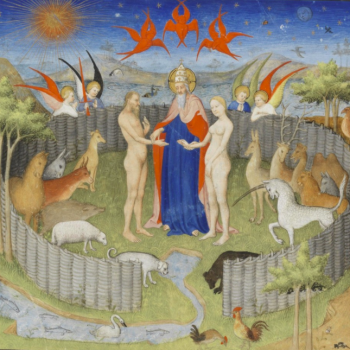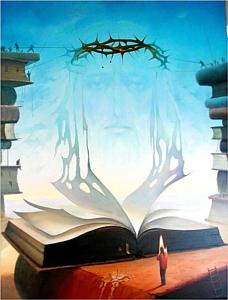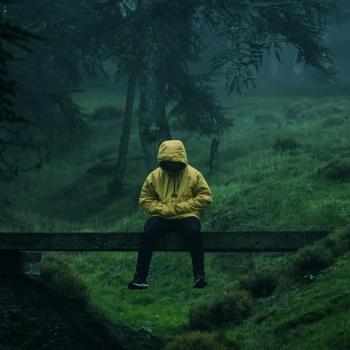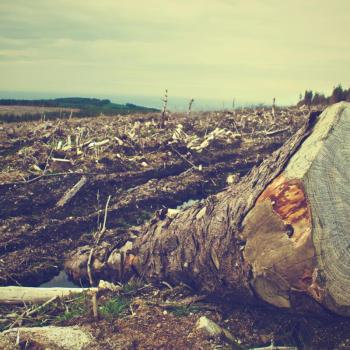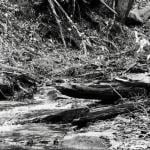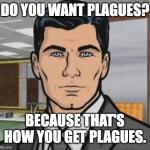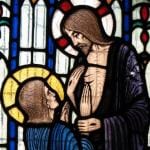This sermon, “Finding Eden’s Forests in the Midst of COVID-19,” is part of a four-part series in the Season of Creation. This sermon is for Forest Sunday.
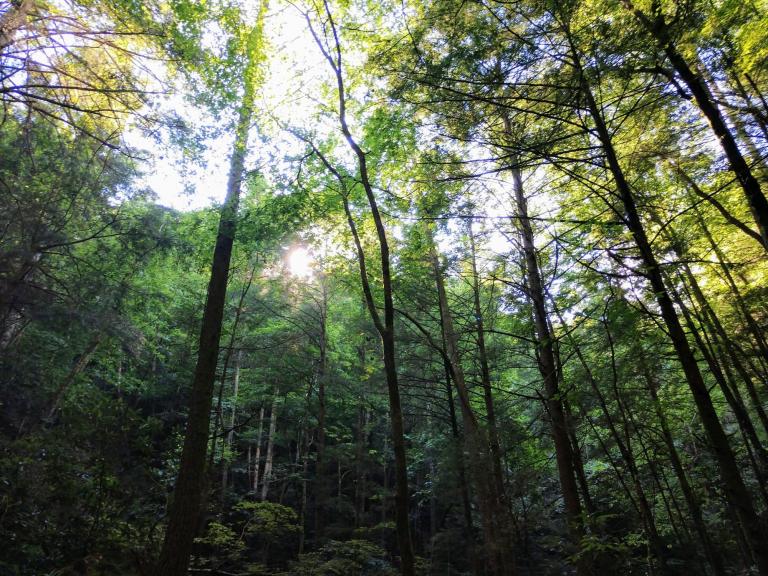
Text: Genesis 2:4b-22
When my children were toddlers, my husband and I made a regular practice of taking them to nature preserves, state parks, and all manner of outdoor places. One of the first places we took them was Hildacy Natural Lands Preserve near a church I served in Media, Pennsylvania. It’s a 55-acre preserve that contains forests, hedgerows, and meadows. When we pulled into the parking lot and got out of the car, my daughter took a long look around at the trees and said, “Mmm, I like it here. It’s so peaceful and quiet.”
We walked the path around the marsh, listening to bull frogs baarrroomph to each other. We watched a Baltimore Oriole alight on a reed jutting up from the water. Then we climbed up the path through the meadow watching a blue bird making a home in one of the nesting boxes. We made our way down through a quiet stand of evergreens, whispering as our sounds were muffled by the carpet of fallen needles. Then we came out at the bottom and heard rushing water. We discovered a waterfall cascading down from Springton Lake, which then flowed into the rolling waters of Crum Creek. We followed the creek all the way along the path until we came back up along the other side of the meadow and returned to our starting point, feeling refreshed and renewed by our adventure in this little piece of Eden.
Finding Eden’s forests in the midst of COVID-19
Twelve years later, my children are in their teens, and we are living in a time of a health pandemic that has severely impacted their education, their social lives, and their sense of safety in the world. But over these last few months, we have had the opportunity to hike some of the amazing forests of Kentucky where we now live. These forests have offered us safety, beauty, adventure and a connection to God’s Creation.
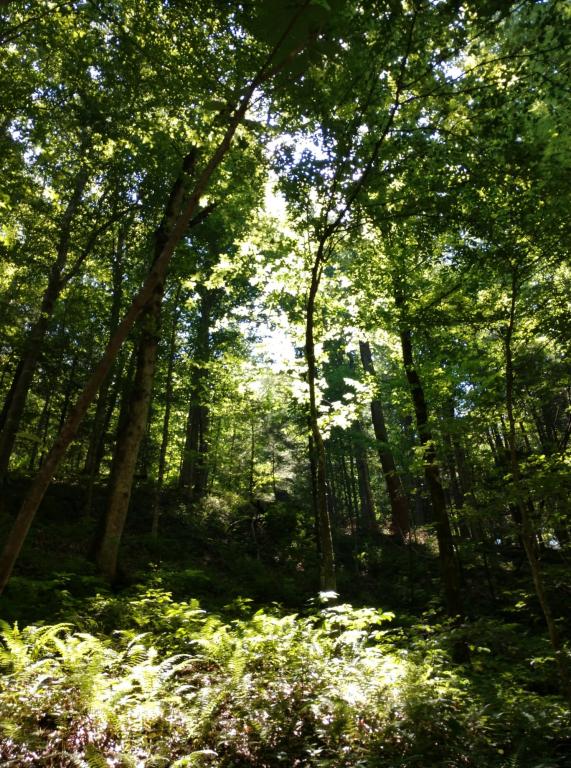
The forests of Raven Run, Natural Bridge, and Red River Gorge are havens in the midst of COVD-19. Just this week, we hiked through a section of Daniel Boone National Forest clamoring over ancient rocks, ducking under moss-covered trees, and following a clear-water stream to discover a waterfall cascading into a pool of water right in the middle of the forest.

Here we discovered a place where native plants and wildlife are allowed to live without fear.
No hunting, fishing or trapping will threaten the animals. The way God’s hand fashioned these forests is the way they will remain. Human visitors are permitted, but are to leave no trace of their visit when they’re gone.
As we’ve walked through the meadows, mountains, creeks, and forest trails these past few months, I kept thinking of the Garden Paradise established by God for human beings in the first two chapters of Genesis. On every hike, it’s like discovering pockets of Eden tucked away in these wooded glades and high atop the ridge-top vistas.
In Genesis Chapter 2, we learn that God forms human beings from the very soil of the Earth, just as Eve is formed from the very flesh of Adam.
The intimacy of this relationship between humans and Earth and God is intricately woven into our very DNA. It’s why we feel so good when we breathe in the breath of the trees. Not only do they exhale oxygen into our lungs, they also release something called phytochemicals which have healing and regenerative properties for humans.
The Japanese practice something called shinrin yoku, forest bathing, as a form of mental and physical therapy. Walking among trees reduces anxiety, boosts the immune system, lowers blood pressure, and improves sleep cycles. The phytoncides that trees release to keep themselves healthy are good for our bodies as well. They trigger the production of special white blood cells that strengthen the body’s immune system. Our health is truly dependent on the health of trees and the ecosystems that support them.
Yet as soon as we get back in our car to come home, we see the grim reminders that the sanctity of these places is hemmed in by relentless human pressure on all sides.
Within a few minutes, we drive to the other side of the Eden story – where the ground is cursed and human beings are engaged in constant battle with the Earth from which they were brought forth.
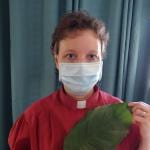
In the forests, we freely inhaled the moist, fragrant air. Now we must cover our mouths and noses with masks to protect ourselves from a virus that seeks to ravage our lungs and destroy our bodies.
The virus itself seems like a manifestation of the curse from the Genesis story. In Chapter 2:16-17, God tells Adam: “You may freely eat of every tree of the garden; but of the tree of the knowledge of good and evil you shall not eat, for in the day that you eat of it you shall die.” For the good of Adam and Eve, for the good of the tree, for the good of the entire garden, God essentially said: “This far and no further.” God established a boundary for the mutual protection of the relationship between humankind and the rest of nature.
But did the original humans respect these boundaries? No. They did not obey the limits God set for them. They ignored the warnings, flouted the rules, and crossed the line. There’s almost a sense of entitlement from Eve and Adam’s rationalization of their disobedience. It’s as if they’re saying, “This is our garden after all. God gave it to us. We should be allowed to do anything we want with it. Why should our freedoms be limited? Look, the fruit is good to eat. It will make us smarter, better, richer. And why shouldn’t we? It’s our right.”
Because of this arrogance and selfishness, there is an immediate cascade of events that shatters the relationships of paradise.
Worse, they refuse to accept responsibility for what has happened. But the consequences are unavoidable. From that point on, their relationship with the Earth is cursed. All because of our insistence that we can have whatever we want whenever we want it, no matter what the cost or the consequence.
Now here we are dealing with the consequences of violating the boundaries of nature once again. We know that the coronavirus most likely jumped to humans from animals, probably bats. According to zoologists, “When a bat is stressed — by being hunted, or having its habitat damaged by deforestation — its immune system is challenged and finds it harder to cope with pathogens it otherwise took in its stride. . . . In the likely epicenter of the virus — the so-called wet-markets of Wuhan, China — where wild animals are held captive together and sold as delicacies or pets, a terrifying mix of viruses and species can occur.”
You see, there are limits to what Earth can withstand.
There are boundaries that need to be established and respected. But we have done more than just cross the line. We have decimated the entire garden. We are not just plucking fruit from the tree anymore. We’re cutting the whole tree down to make toilet paper and pave a parking lot! And we are now living with the consequences of a planet that is becoming increasingly uninhabitable.
Kate Jones, Chair of Ecology and Biodiversity at University College London, said viruses “are on the rise more because there are so many of us and we are so connected. The chance of more [spillovers into humans] happening is higher because we are degrading these landscapes.” But it’s not too late. “Destroying habitats is the cause, so restoring habitats is a solution.” [See full article here.]
This is why I find these words of Jesus in John 3:16 so profound.
“For God so loved the world that he gave his only Son, so that everyone who believes in him may not perish but may have eternal life.”
Did you catch that? The world. In Greek, the word is the cosmos. It means that God’s love is not limited to just humans. God’s love is for all that God created – including humans, because we are part of God’s Creation as well. This also means that Jesus Christ is an eternal presence through time and space encompassing all of Creation in the ultimate fulfillment and consummation of God’s will for the cosmos. Jesus’s life, death, crucifixion and resurrection is not just for the salvation of human beings, but for the very Earth itself. The forests. The mountains. The bats. The streams. You and me.
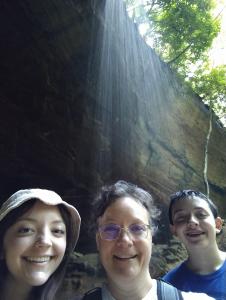
This is why more and more congregations are beginning to establish an ecology ministry to do everything they can to promote ecological education, climate action, advocacy for environmental protections, and preservation of natural habitats. When we protect forests, deserts, prairies, and wild places through natural land trusts, and national and state parks, this is an example of human beings finally obeying the command of God in the Garden of Eden. This far and no further.
So every time another tract of land or waterways is saved, it means that the wildlife, plants, water and soil of that place can never be destroyed. No bulldozer will rip an ancient oak tree up from its roots. No luxury home will displace a den of foxes. Mown soccer grass will not supplant a field of goldenrods, asters, and black-eyed Susans. No parking lot will ever be paved over a wetland that absorbs and filters the rainwater from the surrounding hillsides.
Sometimes there is great blessing in establishing boundaries and protecting them.
Sometimes the benefits of changing our lifestyles to walk more lightly and respect Earth’s wild places outweigh the initial sacrifice of entitlement. And sometimes foregoing profit in order to preserve a natural legacy reaps rewards far beyond monetary wealth.
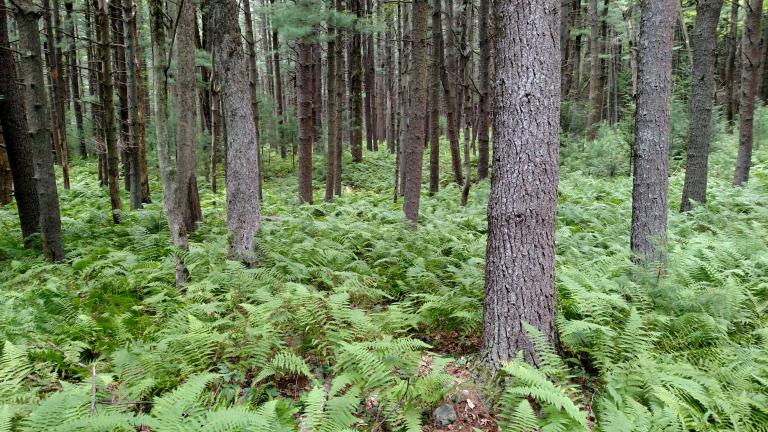
Because the thing is, God loves trees. And God loves humanity. It is no accident that the tree barred from Adam and Eve at the beginning of the Bible reappears at the end of the Bible in Revelation. The tree of knowledge violated by humans at the beginning is fully restored by God in the end. But the image of trees giving life and healing is not just a vision for the future. It is a vital reality for our planet’s health today.
So I encourage you, as much as you are able – go into the woods. Walk among the forests and trees. Even if it’s just the tree in your backyard or a city park. Breathe in the breath of the trees, the very breath of God given to all living beings on this planet. And when you do, you can offer this blessing.
Blessing for the Forests
Bless you, Trees of the Forest. Bless you for the home you provide to birds, insects, and animals. Thank you for drawing the carbon dioxide from the air, and for your generous gift of oxygen that you give to our lungs. Bless you for doing exactly what God designed you to do. Teach us to respect and honor you as a beloved creation of God. Amen.
Read also:
Cedar Trees and Mustard Seeds: The Bible’s Arboretum
Spreading the Gospel of Trees: Healthy Trees, Healthy People, Healthy Faith
Source: “Bats are not to blame for coronavirus. Humans are.” By Nick Paton Walsh and Vasco Cotovio, CNN 3/19/2020 https://www.msn.com/en-us/health/health-news/bats-are-not-to-blame-for-coronavirus-humans-are/ar-BB11qKvD
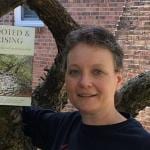
Leah D. Schade is the Assistant Professor of Preaching and Worship at Lexington Theological Seminary in Kentucky and ordained in the ELCA. Dr. Schade does not speak for LTS or the ELCA; her opinions are her own. She is the author of Preaching in the Purple Zone: Ministry in the Red-Blue Divide (Rowman & Littlefield, 2019) and Creation-Crisis Preaching: Ecology, Theology, and the Pulpit (Chalice Press, 2015). She is also the co-editor of Rooted and Rising: Voices of Courage in a Time of Climate Crisis (Rowman & Littlefield, 2019).
Twitter: @LeahSchade
Facebook: https://www.facebook.com/LeahDSchade/





